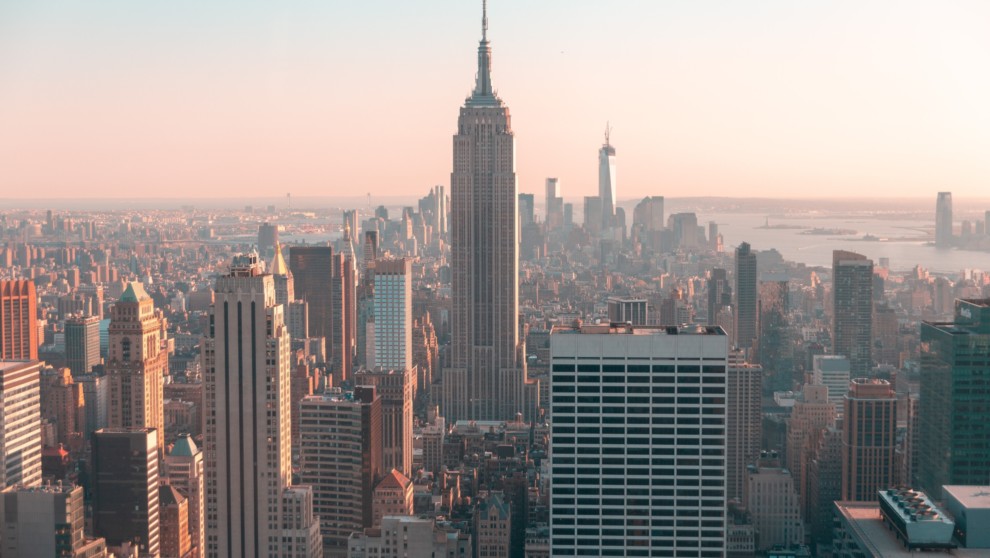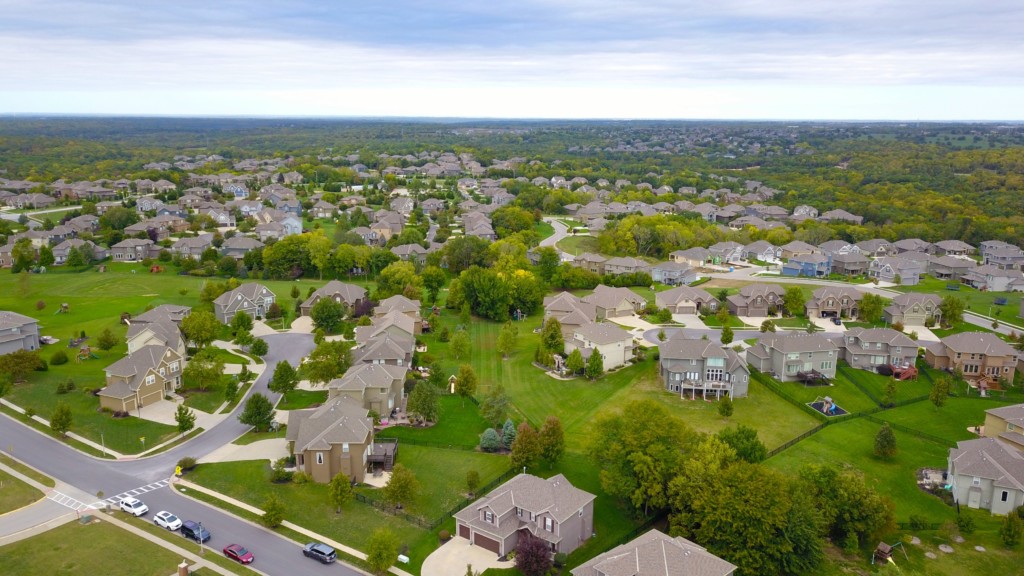You are viewing our site as an Agent, Switch Your View:
Agent | Broker Reset Filters to Default Back to ListWill the Great Urban Flight Last?
April 07 2021
 As COVID-19 has ravaged across the country, millions of people have faced lockdowns and home quarantines. Homes have become classrooms, offices, recreational spaces, and countless other identities. Especially in urban areas, walls have increasingly felt like cages, leaving residents craving open spaces, more square footage, and greenery. What has since transpired is nothing short of a phenomenon we're calling "The Great Urban Flight."
As COVID-19 has ravaged across the country, millions of people have faced lockdowns and home quarantines. Homes have become classrooms, offices, recreational spaces, and countless other identities. Especially in urban areas, walls have increasingly felt like cages, leaving residents craving open spaces, more square footage, and greenery. What has since transpired is nothing short of a phenomenon we're calling "The Great Urban Flight."
A Coast-to-Coast Urban Flight Snapshot
Since the beginning of the pandemic, Manhattan alone has seen a 15-20% exodus from its population. The same is true for larger cities on the West Coast; according to a recent study by U-Haul, "Departures accounted for 58% of all one-way U-Haul traffic from March through June" for San Francisco. Since the pandemic began, almost 9 million people have relocated across the U.S., and it's estimated nearly 20% of all jobs will be remote after the pandemic subsides.
What Has Caused the Urban Flight?
Simply put, people don't want to be near other people during a pandemic. Densely populated areas, compact community living, and tiny residences aren't conducive to social distancing, but they also hinder learn-from-home, work-from-home, and entertain-at-home life. Where else is there to move but outside the city?
Aside from wanting more space, remote working and virtual learning make it possible for millions of people to move just about anywhere—and they've seized the opportunity. For many working professionals, the need for proximity to the office often hindered the "dream home" idea of a large yard and spacious dwellings. Now, as remote work is becoming a more normalized option, these dreams are being realized now more than ever. A recent Homes.com survey found that almost half of real estate agents are working with clients seeking to move to less populated areas. That same survey found that 40% of consumers either did, or plan to, move at least 100 miles away from their pre-pandemic residence.
Where Did Everybody Go?
Many professionals no longer need proximity to urban high-rise offices, and the allure of city life has somewhat faded during the pandemic. As urban flight has continued, movers have searched for places that make remote working and learning easier. Sales in suburban and rural areas have soared as homebuyers have sought homes with more square footage and green space. Specifically, the areas that saw significant growth during the pandemic were:
- San Francisco suburbs, as many city-dwellers moved to a county in a radius of less than 60 miles away from their previous home.
- Williamson County in Texas, which has seen the highest migration gains across the country.
- Suffolk County in New York, which has gained nearly 3,400 new residents during the pandemic
- Idaho, which topped Atlas' list for states with the most inbound moves
What's the Allure of Rural and Suburban Life?
While 800-square-feet urban lofts might have worked in pre-pandemic life, they don't meet the needs of individuals and families during a pandemic. If lockdowns and quarantines are the new way of life, even short-term, people still want a yard to go outside, have separate rooms for office and virtual school, and they don't want to share community features like laundry and gyms.

Of course, rural and suburban areas aren't immune to COVID-19, but pandemic life has left just about everyone craving normalcy. At the end of a long day staring at screens, having space to walk around and unwind, parks to workout, scenery to enjoy—it's all possible in suburban and rural living.
Couple those amenities with lower home and rent prices, and it's no wonder urban flight has been such a strong presence in the real estate market.
Will the Urban Flight Last?
It remains to be seen if the overall draw of urban life has permanently lost its luster. Many experts predict that younger adults will gravitate back to city life as prices have made urban living a bit more affordable. The two most obvious factors in determining whether urban flight is here to stay is if remote learning and work-from-anywhere become standard in the post-pandemic way of life.
Homes.com's survey found that 73% of people who moved last year, or are planning to move this year don't plan on moving back to their pre-pandemic locations. This begs even more questions…for the ones who do, will they keep their rural house as a vacation home? Will this disrupt large-scale urban developments catering to millennials and young professionals? Only time will tell.
To view the original article, visit the Homes.com blog.









